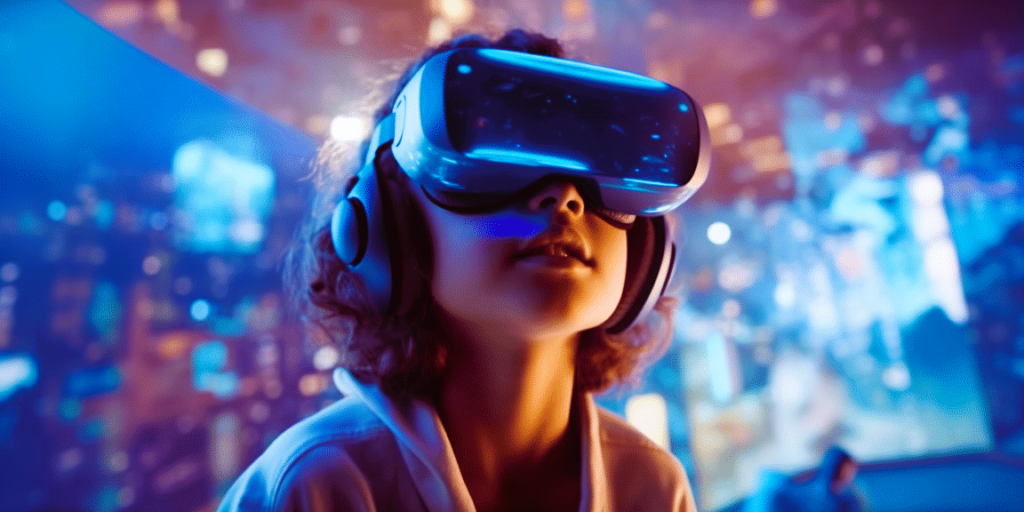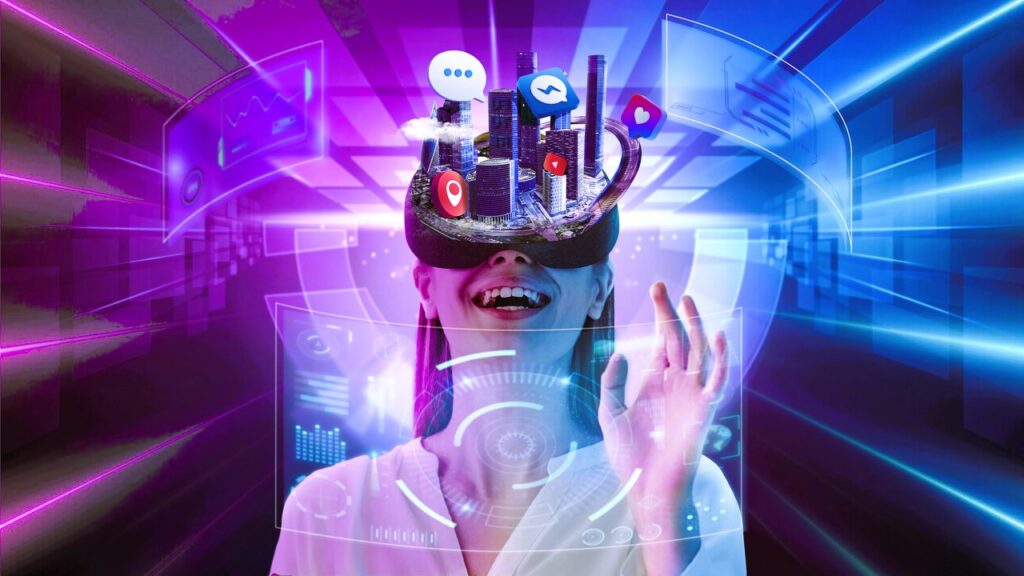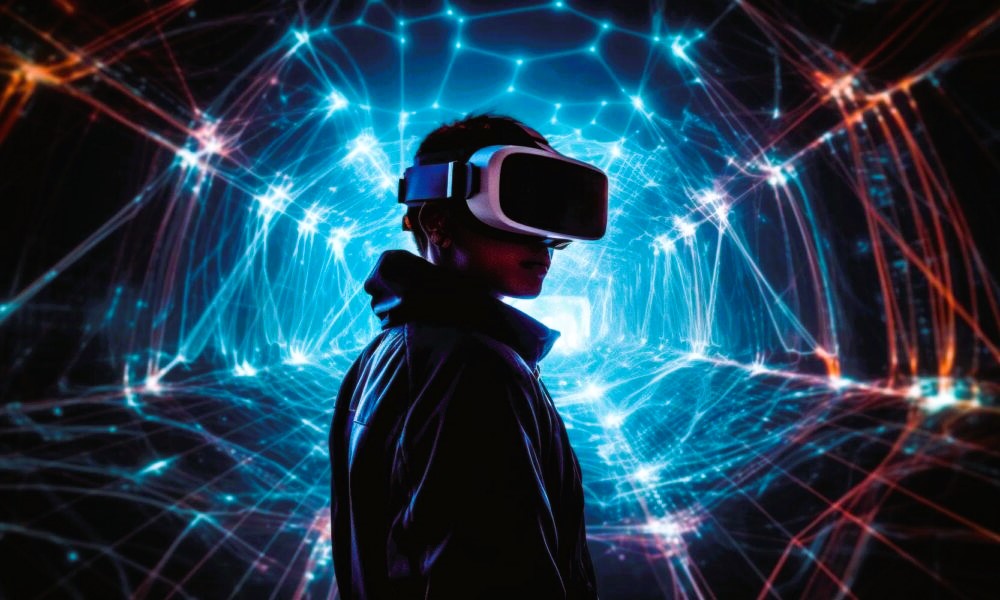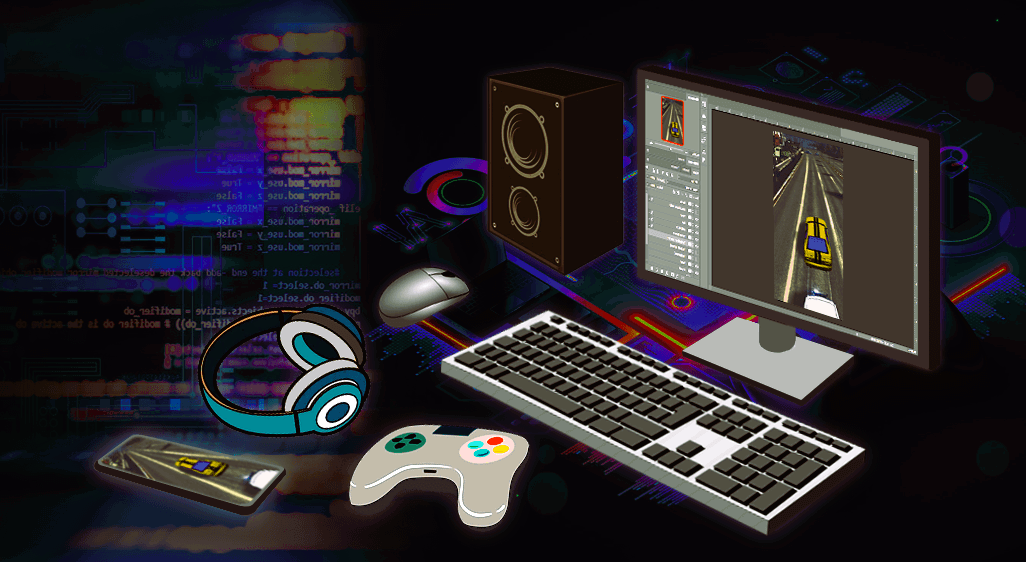In the ever-evolving landscape of gaming, technological advancements continue to shape the way players interact with virtual worlds. Two technologies, Augmented Reality (AR) and Virtual Reality (VR), have emerged as transformative forces, ushering in a new era of immersive and interactive gaming experiences. This article explores how AR and VR are revolutionizing the gaming landscape, providing players with unprecedented levels of engagement, realism, and interactivity.
1. Understanding Augmented Reality (AR) and Virtual Reality (VR):
Definition:
- AR: Augmented Reality overlays digital elements onto the real-world environment, enhancing the user’s perception of reality.
- VR: Virtual Reality immerses users in a completely digital environment, cutting off external stimuli to create a fully immersive experience.
2. The Rise of Augmented Reality in Gaming:

AR in Gaming Trends:
- Mobile AR Gaming: The widespread adoption of smartphones has paved the way for mobile AR gaming. Games like Pokémon GO leverage AR to blend virtual creatures with the real world, encouraging players to explore their surroundings.
- AR Glasses and Headsets: Advancements in AR glasses and headsets are creating opportunities for more immersive AR experiences. Players can interact with digital elements seamlessly integrated into their physical surroundings.
Impact on Gaming Design:
- Real-World Integration: AR games encourage players to explore and interact with their real-world environment, turning everyday spaces into dynamic gaming arenas.
- Enhanced Social Interaction: Multiplayer AR games foster social interaction, as players collaborate or compete in shared augmented spaces.
3. Virtual Reality’s Transformative Effect on Gaming:
VR in Gaming Trends:
- Immersive VR Experiences: VR headsets provide immersive experiences where players feel transported to fantastical worlds. Games like Beat Saber and Half-Life: Alyx showcase the potential of VR in creating intense and realistic gaming environments.
- VR eSports: The rise of VR eSports introduces a new dimension to competitive gaming. VR tournaments challenge players in physically demanding virtual spaces.
Impact on Gaming Design:
- Realism and Presence: VR enables a sense of presence, making players feel as if they are physically present in the game world. This necessitates detailed and realistic game design elements.
- Innovative Gameplay Mechanics: VR encourages the exploration of innovative gameplay mechanics, such as natural hand gestures and body movements, adding layers of immersion. Did you like the article? Read also about Basics of Graphic Design.
4. Blurring the Lines with Mixed Reality (MR):
Mixed Reality Defined:
- MR: Mixed Reality combines elements of both AR and VR, allowing digital and physical objects to coexist and interact in real-time.
MR in Gaming:
- Interactive Hybrid Experiences: MR in gaming creates interactive hybrid experiences where virtual and real-world elements seamlessly coexist.
- Spatial Computing: MR utilizes spatial computing to understand and interact with the physical world, enhancing the gaming experience.
5. The Impact on Gaming Content and Storytelling:
Evolution of Gaming Narratives:
- Interactive Storytelling: AR and VR enable more interactive storytelling, where players actively participate in shaping the narrative through their choices and actions.
- Enhanced Atmosphere: Immersive technologies enhance the atmosphere of games, creating emotional connections between players and virtual worlds.
6. Challenges and Future Directions:

Challenges:
- Hardware Limitations: The need for specialized hardware can be a barrier to entry for some players.
- Motion Sickness: VR experiences can induce motion sickness in some users, requiring developers to address comfort issues.
Future Directions:
- Advancements in Hardware: Continued advancements in AR and VR hardware will make these technologies more accessible.
- Integration with AI: The integration of Artificial Intelligence (AI) will enhance the responsiveness and adaptability of virtual environments.
Conclusion:
Augmented Reality and Virtual Reality are reshaping the gaming landscape, offering experiences that were once confined to the realms of imagination. As technology continues to advance, the boundaries between the virtual and real world will further blur, creating unprecedented opportunities for gaming innovation.
For a deeper exploration of AR and VR in gaming, visit reputable sources such as Reddit.




